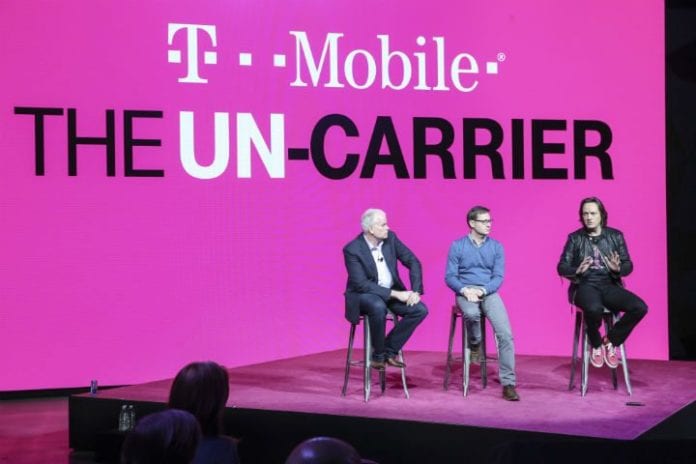A new report from Twin Prime judged T-Mobile the best performing carrier thanks to LTE and 3G speeds, though Verizon had the broadest LTE reach.
A new network performance report showed Verizon Wireless and T-Mobile US continue to duke it out over LTE performance, with the former showing a broader reach and the latter higher performance.
Twin Prime, which describes itself as a provider in mobile application acceleration, found in its latest “State of the Mobile Networks” that T-Mobile US was the nation’s “best performing carrier” based on it having the fastest network speeds for both its LTE and 3G networks.
In terms of LTE network performance, Verizon Wireless was found to be 1% slower than T-Mobile US, Sprint was 5% slower and AT&T Mobility was 17% slower. Network latency showed T-Mobile US leading the pack with an average of 52 milliseconds, followed by Sprint at 55 milliseconds, and Verizon Wireless and AT&T Mobility both at 56 milliseconds.
Verizon Wireless did rank highest in terms of LTE network reach, with Twin Prime claiming the carrier’s network covered 95.3% of the U.S. population, compared to 91.7% for T-Mobile US, 91.2% for Sprint and 91% for AT&T Mobility.
However, poor performance from its legacy 3G network hurt Verizon Wireless in the overall ranking. The report found T-Mobile US’ HSPA-based 3G network was tops in terms of speed and latency, followed by AT&T Mobility’s HSPA-based 3G network, which was No. 2 in speed and No. 3 in latency. Verizon Wireless’ CDMA-based 3G network was scored slowest among nationwide operators in both speed and latency.
A report published earlier this year by OpenSignal also scored T-Mobile US ahead of Verizon Wireless in overall network performance boosted by the smaller carrier’s 3G network performance.
RootMetrics, which also conducted network performance testing, recently crowned Verizon Wireless as the best performing network through the first half of this year, besting AT&T Mobility, Sprint and T-Mobile US.
Steep drop in LTE speeds
Across LTE networks, Twin Prime’s performance testing found a steep 50% drop in overall speeds across major markets compared to results garnered at the end of 2015, with the biggest decline in Dallas. Of the major markets tested, San Francisco posted the highest average LTE speeds at more than 2.5 megabits per second, followed by Chicago and Detroit at just under that speed.
“This staggering drop in performance could partly be explained by the increased LTE traffic share in these cities, or an increase in overall mobile data consumed by LTE devices,” the report noted.
Despite the drop in overall LTE speeds, Twin Prime did find network response times improved 20% compared with previous testing, with retransmit rates for LTE networks in most cities at nearly 0%. The company noted half of mobile users reached its accelerators in 37 milliseconds or less, and 75% of users in 52 milliseconds or less. Twin Prime deems 20 milliseconds as the best possible performance time, with 40 milliseconds considered “very good.”
Digging deeper into its core competency, Twin Prime found LTE networks were able to deliver a 78 kilobyte packet within a 200 millisecond time frame, which it considered to be the time limit before a customer would abandon an application.
“If you are a developer thinking about your [application programming interface] responses, you can add these numbers to your server performance budget,” the report stated. “If your server takes 100 milliseconds to process your API response and the response is 78 KB, a user on LTE will receive the response in … 300 milliseconds.”
Bored? Why not follow me on Twitter

